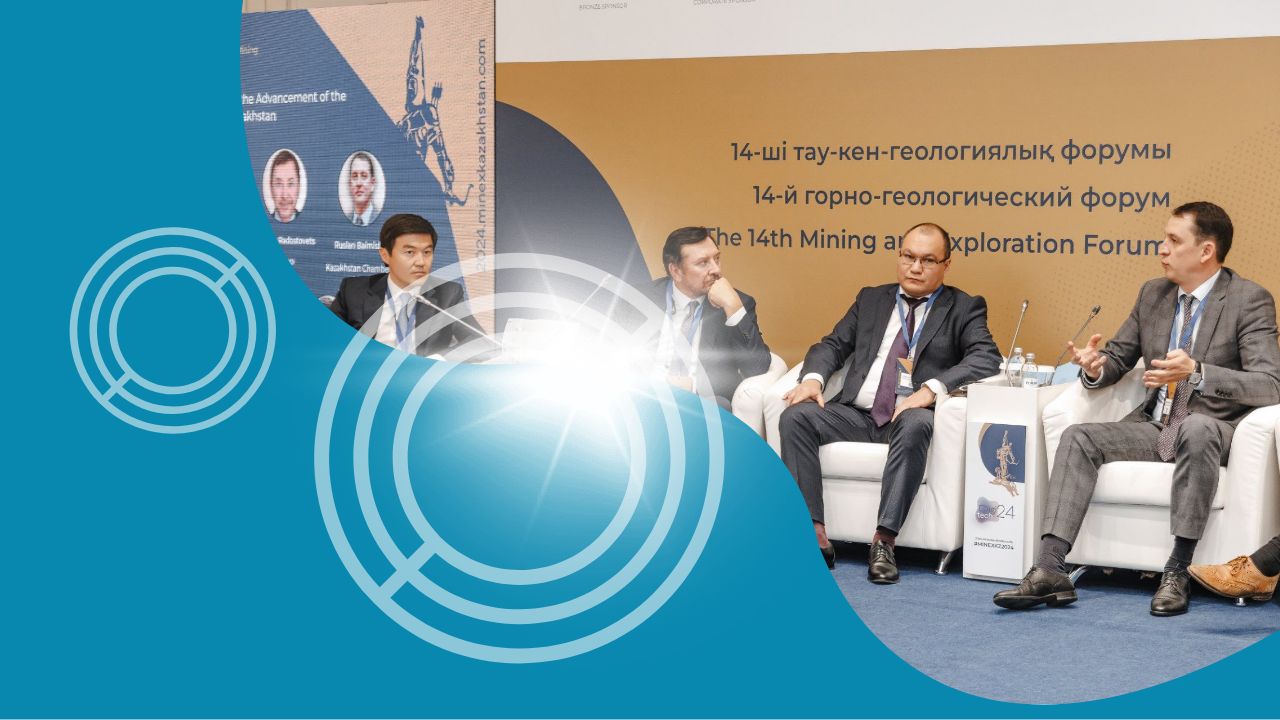The mining and metallurgical complex (MMC) plays a crucial role in the economy of the Republic of Kazakhstan. As we look ahead, several key priorities and trends are shaping the future of this sector.
Sustainability is at the forefront of MMC development. The industry aims to strike a balance between economic growth, environmental protection, and social responsibility. Investments in modern technologies, waste management, and energy efficiency are essential for sustainable development.
Speaking at MINEX Kazakhstan Forum in Astana Nikolay Radostovets, Executive Director of AGMP, discussed key development directions for the mining and metallurgical industry in Kazakhstan during the plenary session. He emphasized the need to replenish the mineral resource base, develop domestic value, and process raw materials.
In response to the depletion of the mineral resource base and reduced mineral content in ores, Radostovets proposed increasing geological exploration efforts, offering tax incentives for investments in geological exploration. He suggested revising the accounting and taxation algorithm for exploration costs, allowing for tax deductions on all exploration expenses, regardless of whether separate areas are designated as new contracts. He also proposed reducing corporate income tax on exploration expenses for solid minerals through existing contracts.
Radostovets also recommended ensuring the return of excess VAT on exploration expenses, regardless of exploration results and export sales of processed products.
In addressing the issue of techno-genic mineral formations (TMF), Radostovets suggested introducing tax benefits instead of administrative barriers. He proposed exempting TMF from the mineral extraction tax and waiving placement fees for reused TMF after processing. For TMF owned by the state and considered part of the subsoil according to the Subsoil Code, he suggested applying a reduced mineral extraction tax rate to stimulate their processing.
Regarding the development of domestic value, Radostovets emphasized the need for a comprehensive approach to meet the needs of domestic producers and mitigate risks for suppliers. He proposed forming and approving a list of goods produced in Kazakhstan or potentially producible in the medium term, with offtake contracts for these goods. For other products not produced in Kazakhstan, free procurement under standard conditions, possibly from a single source, would be implemented.
Radostovets also highlighted the development of raw material processing in Kazakhstan, mentioning legislative amendments coming into force in October that require licensing for metal exports. These amendments will only issue export licenses if metallurgical enterprises fulfil certain obligations and meet domestic market needs. Radostovets believes that administrative methods are not ideal and suggested stimulating in-country processing of minerals by reducing the mineral extraction tax for higher processing rates.
Radostovets concluded by expressing optimism about Kazakhstan’s potential but acknowledging the need for reforms in the sector. He emphasized the importance of considering the industry’s wishes in the new Tax Code currently being discussed.
The introduction of a licensing system for raw material exports was also mentioned by Ruslan Baymishev, President of the Kazakh Mining Association. He acknowledged the government’s vision but expressed concerns about potential risks and the expansion of export restrictions to all minerals in the future. The association is also worried about the impact of new requirements for in-country value development programs and the potential for license revocation based on factors beyond the control of mining companies.
Baymishev criticized the lack of operational investment agreements and processing agreements, emphasizing the need to stimulate the development of higher-level horizons and provide capital investments and government support for mining projects.
Bakyt Chirchikbaev, Chairman of the Board of National Mining Company “Tau-Ken Samruk” informed attendees about the transfer of a 100% stake in “Kazgeology” NGK to “Tau-Ken Samruk” in September last year. He discussed the optimization of management processes, cost reductions, and the elimination of duplicate functions between the two companies. Following the merger of their functions, the portfolio now includes 53 geological exploration projects with over 15 partners.
Chirchikbaev noted that “Tau-Ken Samruk” is now a single window for investors in the geological exploration sector, acting as a minority partner in joint projects to avoid overburdening quasi-state companies with excessive requirements. He believes that the integration of “Kazgeology” into “Tau-Ken Samruk” will strengthen the role of the quasi-state sector in the development of the mining industry and allow for a focus on geological exploration projects.
Chirchikbaev also mentioned that the company’s geologists are currently exploring promising areas and have identified several prospective sites. “Tau-Ken Samruk” is open to partnerships, including with junior companies, for the development of these projects.

